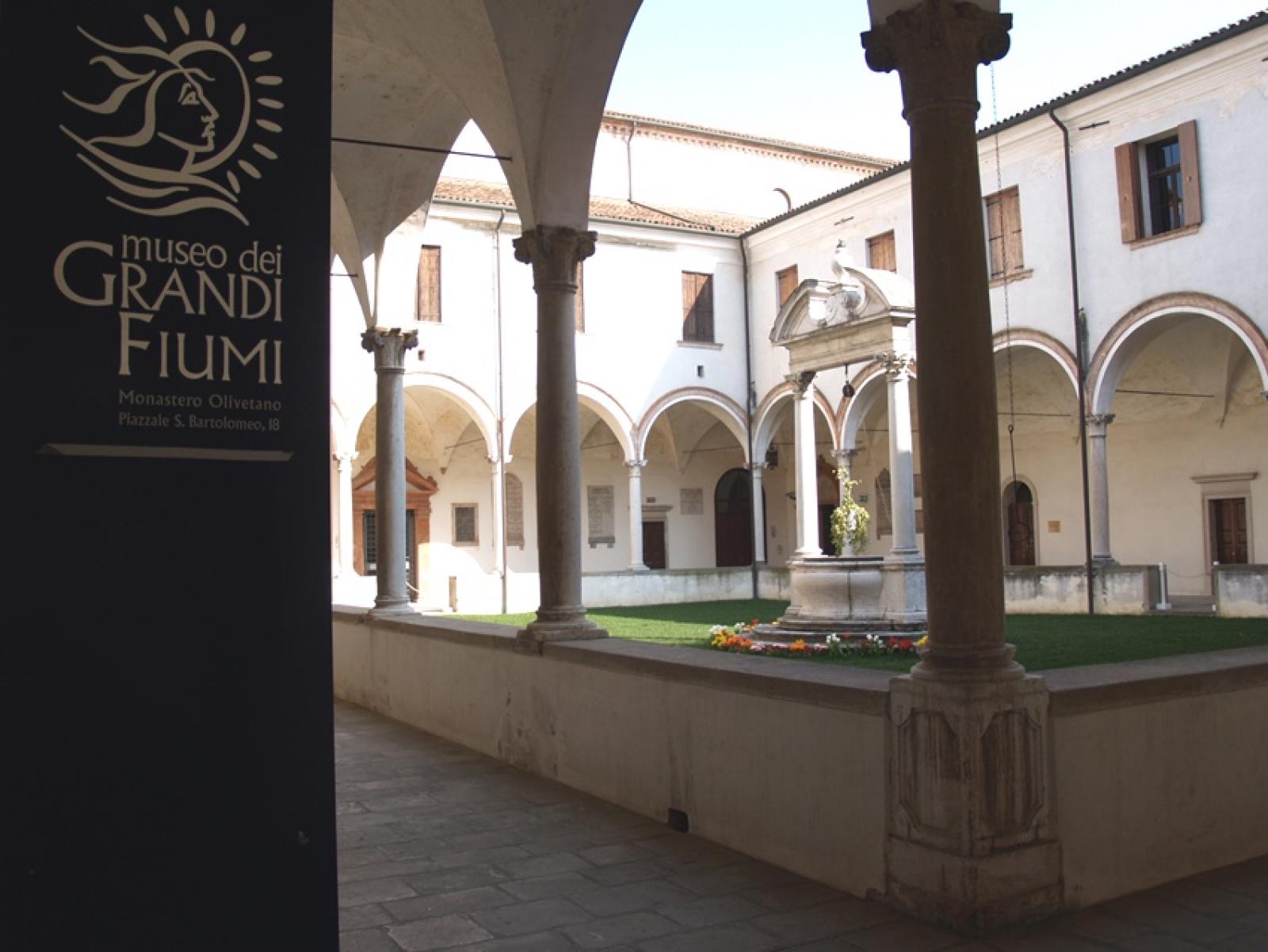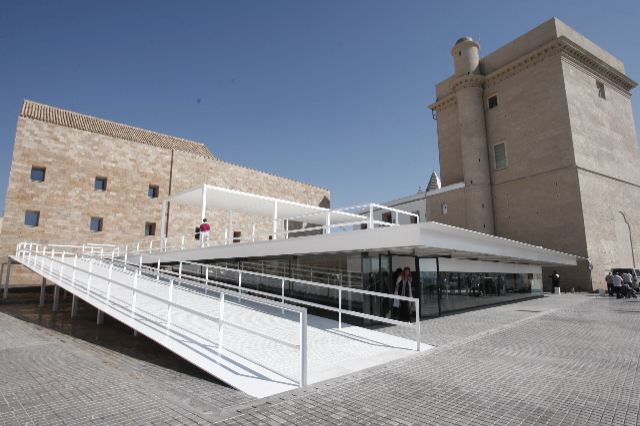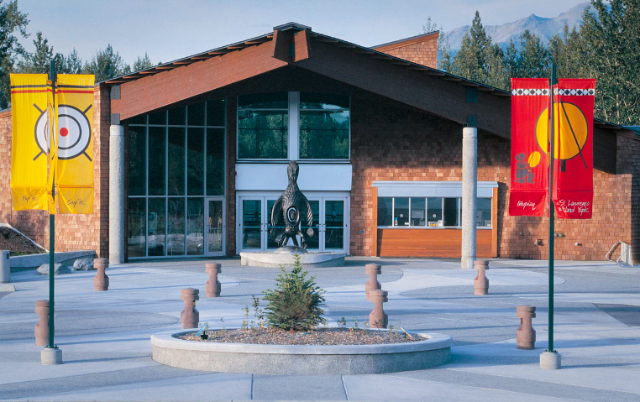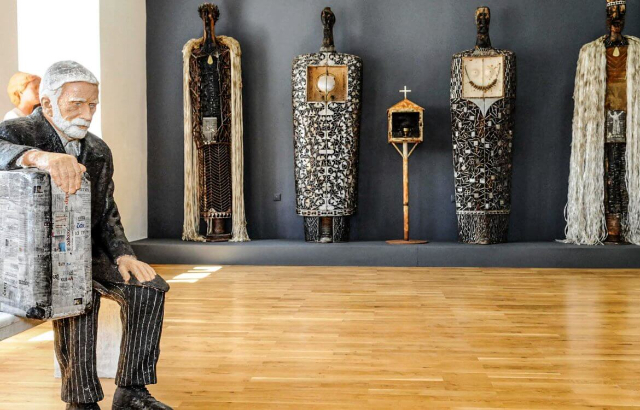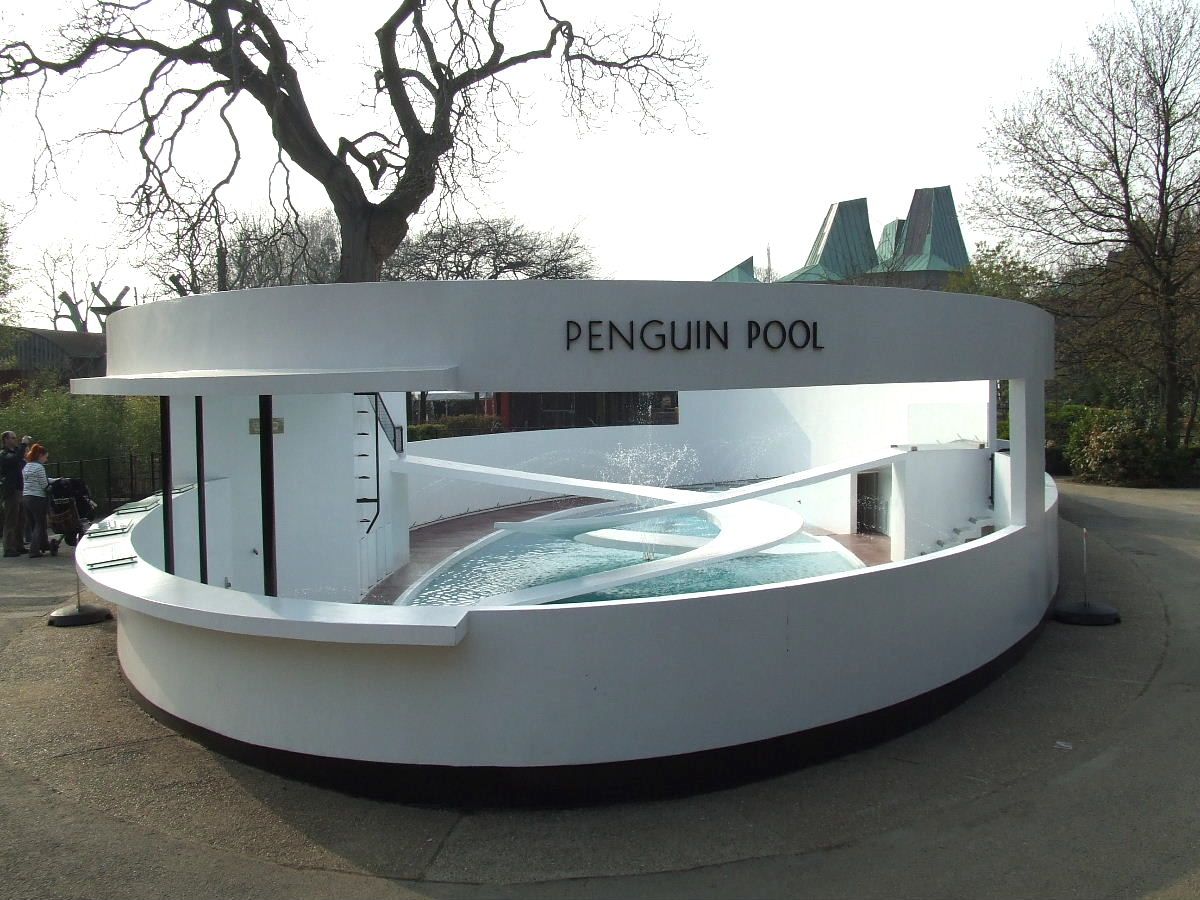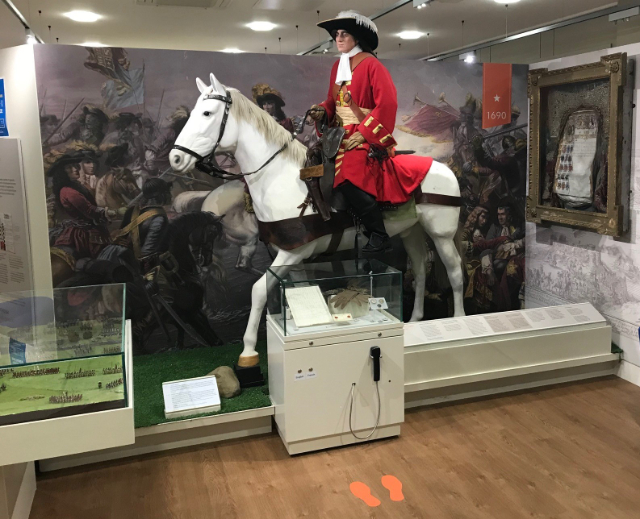The Museum of the Great Rivers, set up in the rooms of the former Monastery of the Olivetani in Rovigo, former seat of the Civic Museum of Polesine Civilizations, is an archaeological museum that retraces 3500 years of the history of the territory of Middle and Upper Polesine through innovative and interactive languages. The museum presents archaeological finds of great value coming from researches carried out in the Upper and Middle Polesine and organized in five different historical periods the Bronze Age, with the fascinating evidence of the pile-dwelling settlement of Canàr di Castelnovo Bariano, the embanked village of Larda di Gavello and the necropolis of Frattesìna; the Iron Age, which investigates the influences of the Etruscan civilization in the territory of Adria through the settlement of San Cassiano di Crespino and the necropolis of Balone; the Roman Age, which focuses on the exportation to the Polesine area of the cultural, social and economic models of Rome with the reconstruction of the rustic villa of Chiunsano, near Gaiba; the Middle Ages, which focuses on the birth of fortified centres, such as that of Rovigo, and allows us to admire the jewellery which belonged to an Ostrogoth noblewoman, known to scholars as the Lady of Chiunsano. The section on the Renaissance closes the time span, illustrating the profound cultural, social and economic changes that took place in this period, with the diffusion of new architectural trends in the civil and religious spheres, and the story of the famous ceramic painter Francesco Xanto Avelli "da Rovigo".
Visiting this museum is an interesting experience to understand the evolution and development of a complex territory whose identity, more than elsewhere, has always been determined by the presence of large and powerful rivers.
The Museum of the Great Rivers offers educational workshops and demonstrations of experimental archaeology, including those on the working of bones, flint, clay, glass paste, bronze and precious metals.
